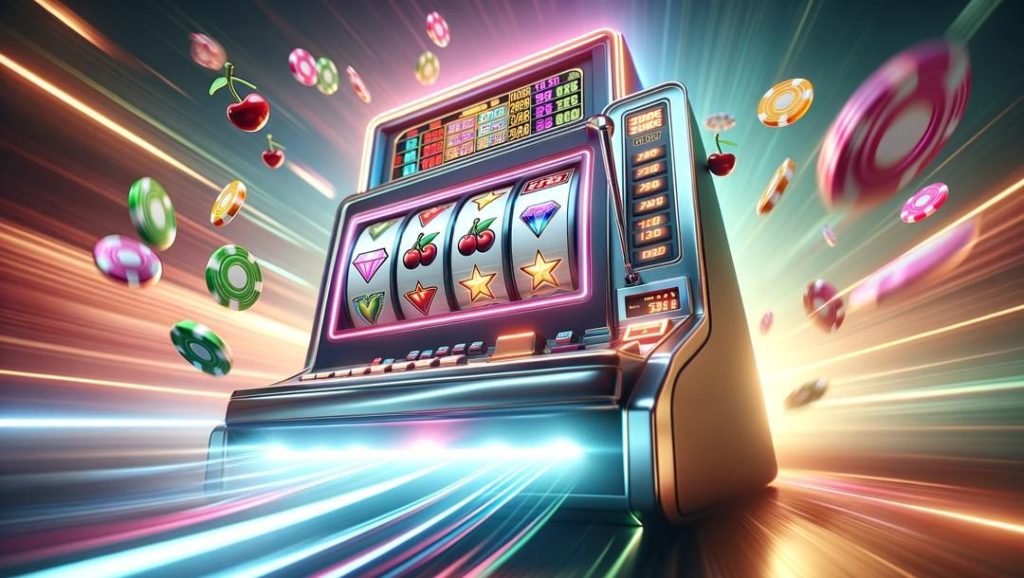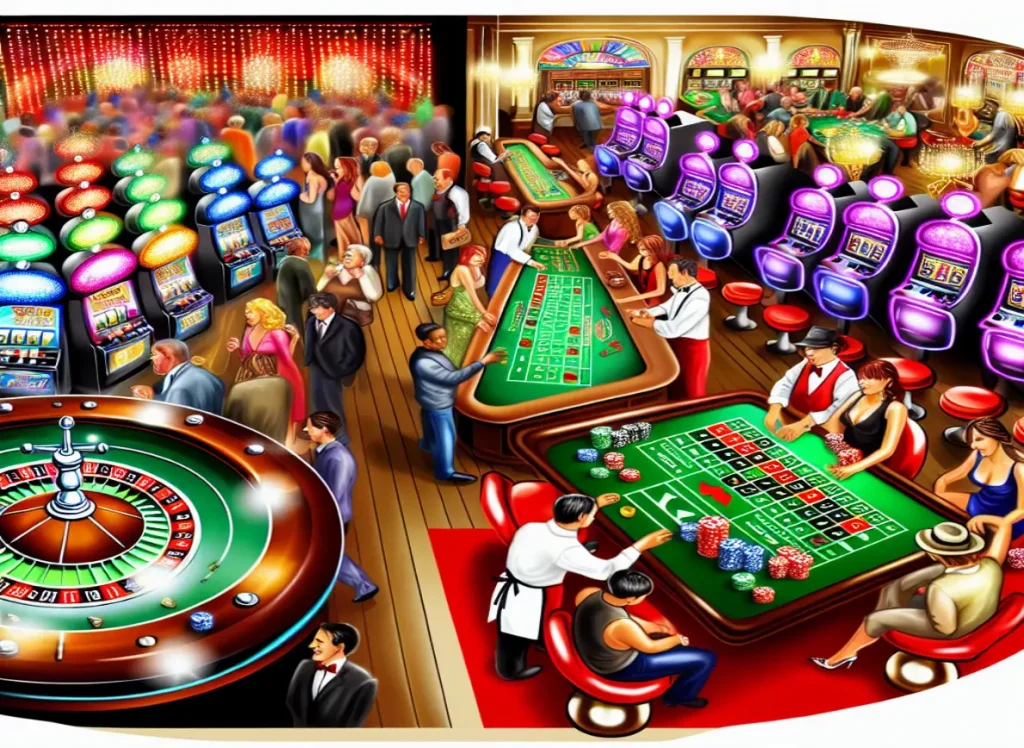In the field of online gambling, the concepts of RNG and RTP are often used together, which can lead to misunderstandings. While both terms refer to the software structure of a game, they serve distinct purposes.
Understanding the difference between RNG and RTP allows you to comprehend how outcomes are generated, what factors influence winnings, and how to calculate potential payouts in the long run.
What are RNG and RTP, and why do we need them?
Any modern slot machine is based on a mathematical model that includes two key elements: a random number generator (RNG) and a return to player percentage (Return to Player). The RNG is responsible for generating specific outcomes, while the RTP is responsible for the statistical distribution of payouts over a long period. Understanding the difference between RNG and RTP requires analyzing both components.

RNG provides randomness at the level of a single game session. On the other hand, the payout percentage is calculated over millions of spins and expressed as a percentage. Each individual spin does not “know” what the slot’s RTP is; it depends solely on the RNG call.
The principle of operation of the RNG and its purpose
 The random number generator is the core of any licensed slot machine. It uses a random combination of values to determine the outcome of each round. When you press the “start” button, the RNG generates a number that is programmatically associated with a specific combination of symbols or the result of an action, such as a card, roulette sector, or reel value.
The random number generator is the core of any licensed slot machine. It uses a random combination of values to determine the outcome of each round. When you press the “start” button, the RNG generates a number that is programmatically associated with a specific combination of symbols or the result of an action, such as a card, roulette sector, or reel value.
The main difference between RNG and RTP is the level of impact. RNG determines what will happen in the present, while RTP determines how often it should happen in theory. The first one is responsible for instant randomness, while the second one is responsible for the strategic balance of payouts.
How is RTP calculated and what does it show?
Return to Player is a mathematically calculated percentage that indicates how much of the bets will be returned to the players over a long period of time. For example, if a slot machine has an RTP of 96%, then out of every 1,000 coins, an average of 960 will be returned as winnings. However, each session may vary significantly from the average.
This is where the confusion often arises. Players expect that a high payout percentage guarantees frequent wins, but they forget that the difference between RNG and RTP is that one controls the chance immediately, while the other shows the statistical norm over time. One controls the current spin, while the other controls the overall payout percentage.
Why are RNG and RTP confused?
The main source of confusion is the visual similarity of the functions. Both parameters are tied to the outcome of the game and determine its economy. However, RNG and RTP in online casinos operate at different levels. The first one serves the current game challenge, the second one counts millions of runs. In addition, the payout percentage cannot be “felt” in the short term, and the RNG is visible in every round.
A player can get several losses in a row on the machine with a 97% return, and this will be statistically normal.
Who is responsible for implementing RNG and RTP in slots?
The development of the RNG and the setting of the payout percentage are the responsibility of the software provider. They implement an algorithm that calculates the return percentage and sets the generation parameters. After that, a mandatory audit takes place, where an independent laboratory tests the game to ensure that it meets the stated characteristics.

Understanding the difference between RNG and RTP becomes an important factor in evaluating the quality of a game. Licensed slots undergo verification, which ensures that the payout percentage and RNG integrity are in line with the stated requirements.
The difference between RNG and RTP in different games: how it works
In each type of gambling, the implementation works a little differently, but the principle remains the same. The difference is maintained in any mechanics, whether it’s slots, card games, or table simulations:
- slots – each spin triggers the RNG, which determines which symbols will appear. The payout percentage affects the overall probability structure, not a specific spin;
- roulette – the RNG selects a number, and the return rate depends on the betting and payout structure;
- blackjack – the RNG simulates a shuffled deck, and the payout percentage depends on the player’s strategy and theoretical return;
- poker – each action is generated by the RNG, and the average return is determined by behavioral models.
- baccarat — the result of a hand is calculated through random selection, and the RTP is related to the game’s mathematics;
- dice — each “throw” initiates RNG, and the payout percentage is calculated using fixed coefficients.
In each case, understanding the difference between RNG and RTP helps explain the discrepancies between theory and practice.
What regulates the operation of GSC and RTP?
The implementation of both systems is monitored by several entities. First and foremost, this includes regulatory bodies that issue licenses for casino operations. Additionally, independent auditors and software providers play crucial roles. The entities responsible for ensuring the proper implementation of parameters include:
- software providers design a mathematical model and set the parameters for the player’s return;
- regulators check whether the algorithms comply with current regulations;
- auditors test the RNG’s fairness and the accuracy of the declared return percentage;
- casino operators are required to use only licensed solutions;
- certification organizations analyze actual statistics and provide reports.
Comprehensive control ensures transparency, safety, and compliance with international standards.
How can I use my knowledge of the difference between RNG and bet refunds?
Players who understand the difference between RNG and RTP have an important advantage. They do not fall for the illusion of control, do not expect predictable payouts, and realize that short-term performance does not reflect the mathematical model. This helps them develop rational behavior and avoid strategies based on false logic.
Understanding the principles of the system allows players to distinguish between licensed and unreliable products. The presence of a transparent return percentage and a functioning RNG is a sign of a high-quality platform.
Conclusion
 Proper understanding of the difference between RNG and RTP allows you to stop perceiving games as chaos or deception. One element is responsible for randomness, while the other is responsible for long-term probability. Together, they form a fair environment where the software core operates independently of the user, and the outcome is determined not by luck, but by the structure of the algorithm.
Proper understanding of the difference between RNG and RTP allows you to stop perceiving games as chaos or deception. One element is responsible for randomness, while the other is responsible for long-term probability. Together, they form a fair environment where the software core operates independently of the user, and the outcome is determined not by luck, but by the structure of the algorithm.
This clear division of roles helps you to assess the odds objectively, understand the purpose of the payout percentage, and minimize the impact of perception errors on your gambling behavior!
 en
en  ru
ru  de
de  ar
ar  es
es  nl
nl  fr
fr  it
it  pt
pt  hi
hi  el
el 



